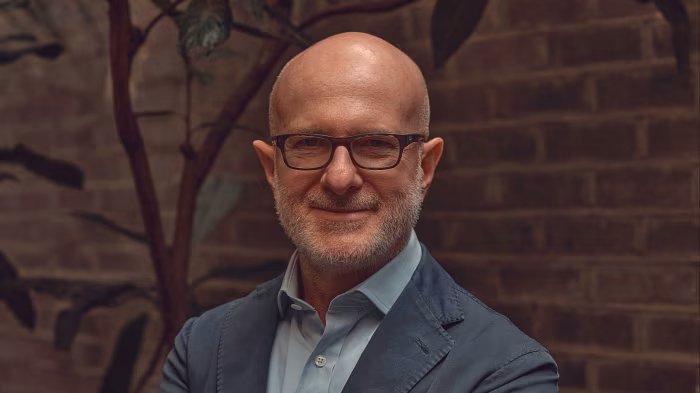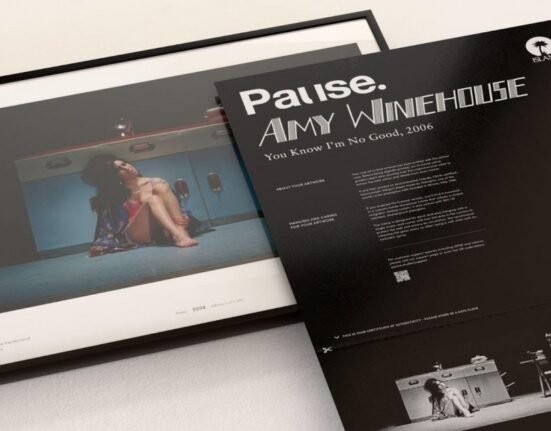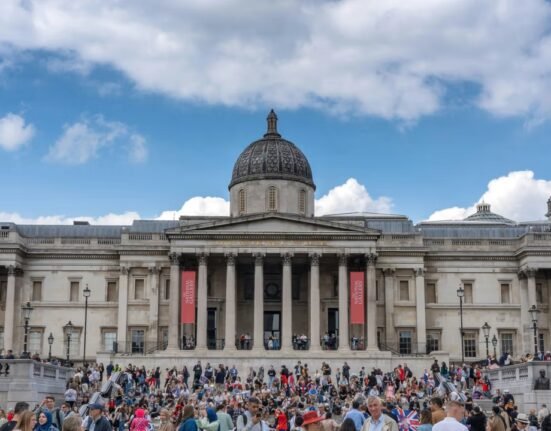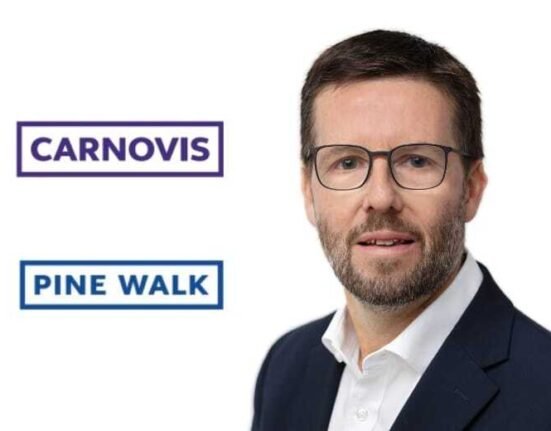Amid mixed messages from the art market, veteran London gallerist Stephen Friedman, who opened in New York just over two years ago, is to close his Tribeca space. The gallery will shut in February, following its ongoing show of work by the Uitoto (Indigenous Colombian Amazon) artist Santiago Yahuarcani.
“It was a tough decision,” Friedman says of the closure of his eponymous gallery in New York, noting that its 2023 opening coincided with his move to new high-spec headquarters in London’s Mayfair. “In retrospect, I may have put the cart before the horse. We needed more structure in place. It was a drain on me and my senior management team to make [New York] work, together with London,” he says, in an exclusive interview with the Financial Times. Another gallery, Sperone Westwater, which has operated for 50 years in New York, has said it will shut its doors at the end of 2025.
Despite the prevailing pinch on galleries, New York last week hosted a series of five evening auctions that brought in a combined $1.9bn, up from $1.1bn last year. Among the records broken, a Gustav Klimt painting became the most expensive modern art work ever to sell at auction (and the second most expensive overall), when it sold for $236mn.

Friedman is just back from the auction season when we meet in his minimalist gallery in London’s Cork Street and is upbeat about the improved market backdrop. “The sales in New York will have a tremendously positive impact, even in the primary market [for sales of new art]. Confidence trickles down to galleries when things are good.”
It marks a stark difference from six months ago, he says, when Sotheby’s — which sold the record-breaking Klimt last week — had a very public, failed sale of an Alberto Giacometti sculpture, priced at $70mn. “It was one of the big anchors that caused people to question the value of art,” Friedman says.
Friedman, whose roster of artists built up over 30 years in the UK includes Yinka Shonibare, Caroline Walker and David Shrigley, concedes that the New York gallery’s run coincided with “a big downturn in the market, so that didn’t help things.” He explains that “the decision to close was not specifically financially related, but we spent money fixing up that space and money fixing up this [London] space and we had losses in that year [2023], for the first time in a long time.”
“[Now] we are very much back on track [financially] and in a position to focus more time, investment and other resources to enhance the London operation,” for which he says three directors have recently been hired.
The US remains an important client base for the gallery, and Friedman says he hopes to have some sort of presence there, perhaps an office and viewing room, as well as showing at art fairs. The Canada-born gallerist notes, though, that the art market has broadened geographically since he opened in London in 1995. Now, he says, “it is not just America.”

New regions include the Middle East, where the major art fair franchises, Art Basel and Frieze, have new events in Qatar and Abu Dhabi respectively next year. Friedman says “we are starting slowly to do business” in the Middle East and is among the 87 exhibitors at the Art Basel Qatar fair (February 5-7). There he will show the Lebanese modernist painter and sculptor Huguette Caland, who died in 2019 and whose sensual manipulations of the female form are beginning to make their mark on the market.
Friedman says he has a growing number of European clients, notably from Nordic countries, and that London is proving particularly fertile. During October’s Frieze Week, he says, “we were incredibly busy, in the fairs and in the gallery. We made significant sales and there was a really good energy.”
When pushed, Friedman admits that US politics and the culture wars of President Donald Trump played a part “maybe in the background” in his decision to close stateside. He says, though, that New York “has always been a culture of extremes. Either things are amazing and people are out celebrating, or things are so bad that they don’t want to get out of bed in the morning.” He feels “more comfortable in London . . . here, you can run a successful business and also have a private life, there is balance. It’s much easier than in New York, where everything is 24 hours. People here have more perspective.”
We agree that this includes a distinctly British sense of humour, encapsulated in the gallery’s current show of work by David Shrigley. For this, called Exhibition of Old Rope, the artist has made a four-part installation of discarded lengths of rope, ranging from thick cruise ship mooring lines to window cleaning apparatus, all destined for landfill. Priced by Shrigley at £1mn, it certainly raises a smile and is a surprisingly powerful reflection of the art world’s questionable value system.

Collaboration with other galleries is something that Friedman underlines in today’s less exuberant times. He is generous about those who also show his artists, and describes Sadie Cole’s current exhibition of his previous charge Lisa Brice as “brilliant, [Brice’s] best show”. For next week’s Art Basel Miami Beach, he is sharing a booth for the first time at a fair, joining forces with Goodman Gallery to show four of Yinka Shonibare’s eye-catching Library works, for which the artist wraps bright textiles around books that highlight the multicultural nature of US history.
Friedman describes the market today as “still not a walk in the park. People are taking longer to make decisions and a longer time to pay. You can no longer rely on every exhibition being financially successful.” So, he says, “we have to increase our reach, engage more people.” He identifies the growth of art advisers on the scene as key: “The future is engaging more and more with the really good ones, that is something we are focusing on.”
Closing in New York seems to reflect the need for a decisive mindset. “It is very different today from when I opened in 1995. I went from being able to take chances to having to be much more strategic,” Friedman says. But he believes that, following this month’s boost from the auction houses, “people will feel more comfortable spending money on art than they have done for the past couple of years.”







